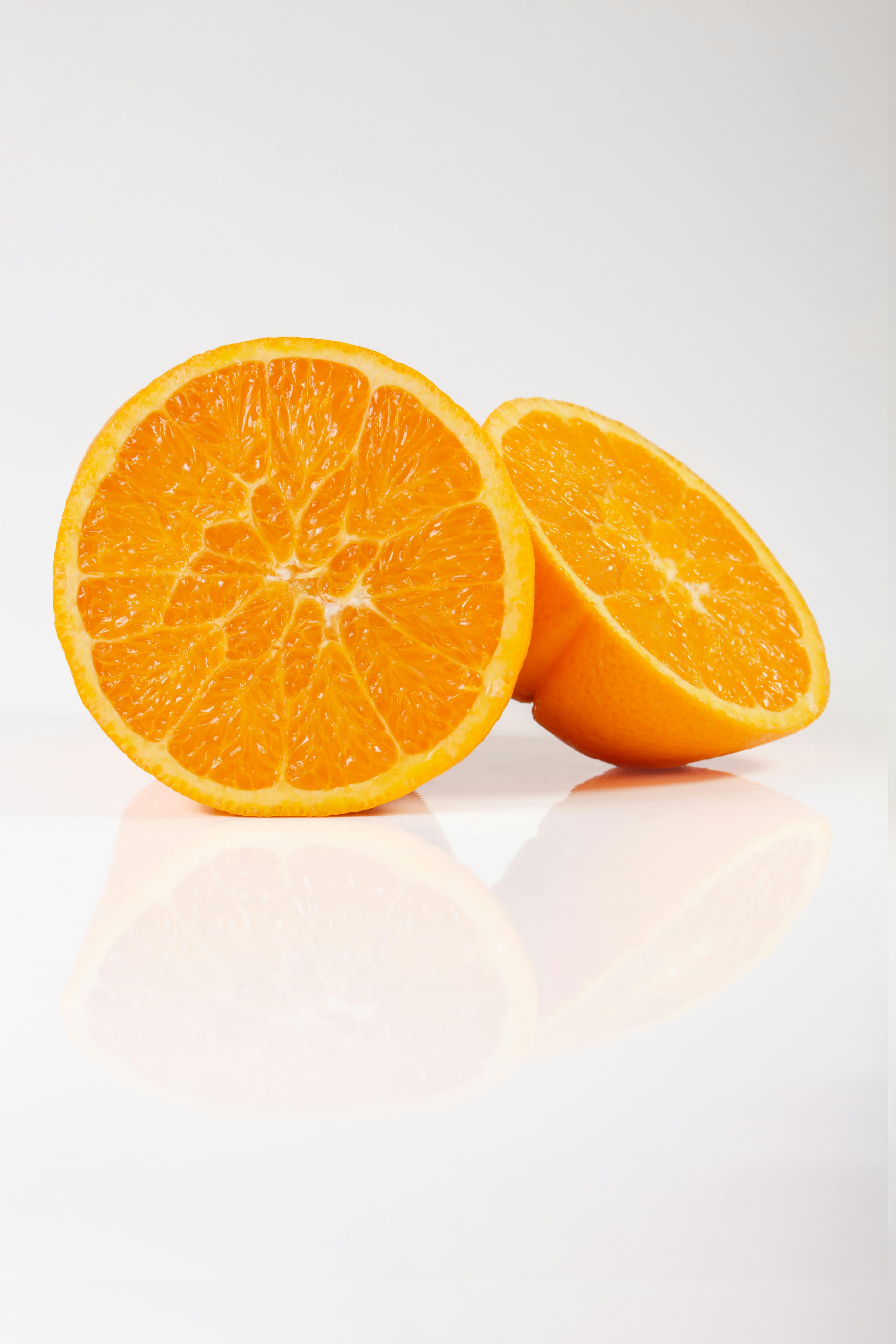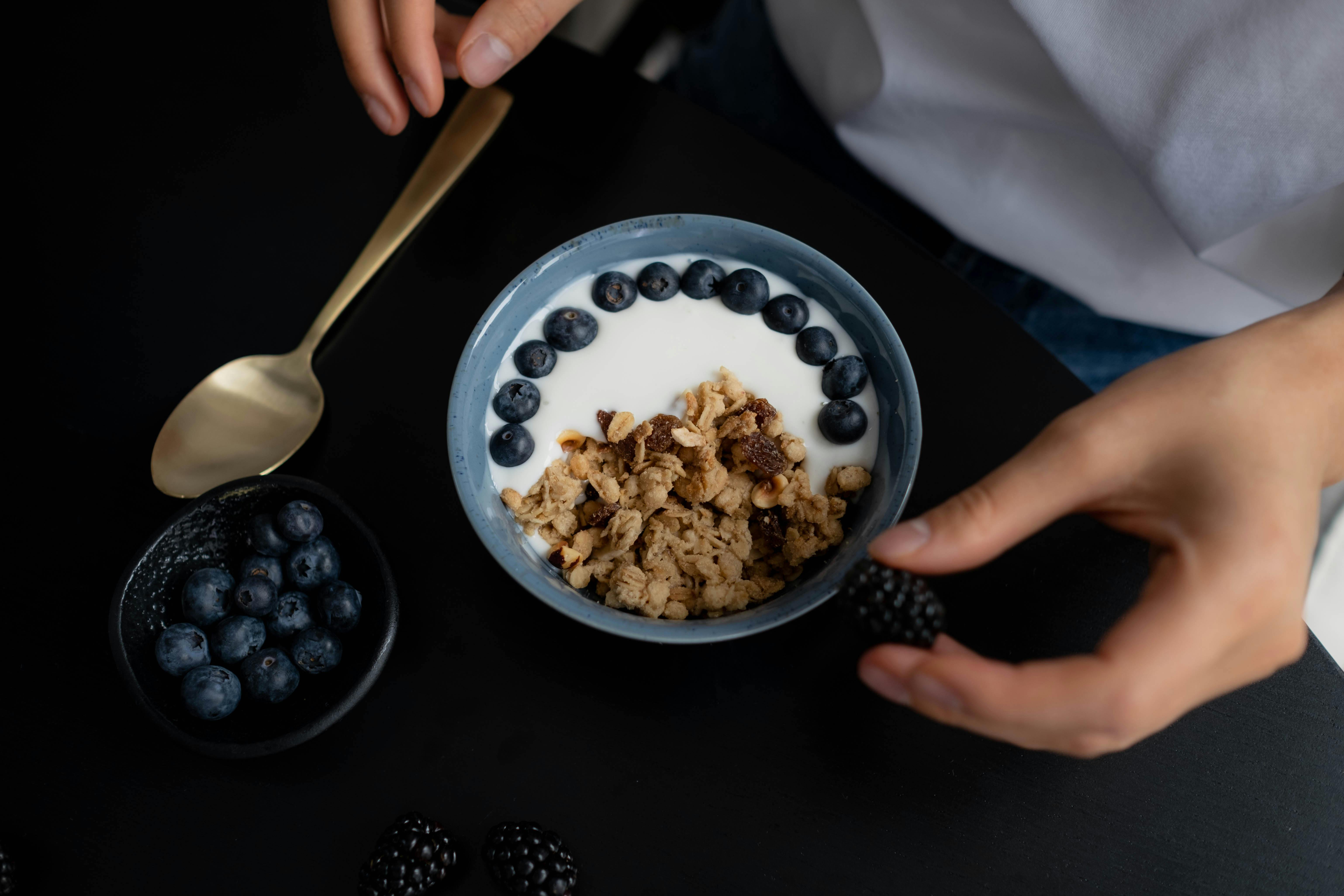Effective Ways to Compare Quinoa vs Couscous in 2025
As the world of culinary grains continues to evolve, quinoa and couscous remain popular staples in many diets. Understanding the differences between these two grains can help individuals make informed dietary choices. This article provides a detailed comparison of quinoa and couscous, focusing on their nutritional content, culinary uses, and benefits in meal planning.
Quinoa, a pseudo-cereal, is celebrated for its high protein content and health advantages, such as being gluten-free and high in fiber. It is versatile and can be used in various dishes, including salads, and is a favorite among those seeking healthier ingredients for meal preparation. In contrast, couscous, made from durum wheat, is known for its light texture and quick cooking time, making it a convenient option for many recipes.
By the end of this article, you will have a clearer understanding of quinoa vs couscous, including their nutritional profiles, culinary applications, and overall health benefits. Whether you’re meal prepping for weight loss or just curious about the best option for your dietary needs, this guide is tailored to fit your interests.
Let's delve into the specifics of quinoa and couscous, starting with a closer look at their nutritional values.
Understanding Nutritional Profiles: Quinoa vs Couscous
Both quinoa and couscous offer unique nutritional benefits that cater to varying dietary needs. While couscous is often praised for its ease of preparation, quinoa stands out as a complete protein source, making it a preferred choice among vegetarians and vegans.
Quinoa Health Benefits
Quinoa is rich in essential nutrients, including vitamins, minerals, and amino acids. It's particularly noted for its high protein count, containing all nine essential amino acids, which is rare for plant-based foods. Additionally, quinoa has substantial fiber content, which supports digestive health. One cup of cooked quinoa provides about 8 grams of protein and 5 grams of dietary fiber. For those looking to maintain a balanced diet, quinoa's low glycemic index makes it an excellent choice for weight management.
Couscous Nutrition Overview
Couscous, although a grain derived from wheat, has its merits as well. It is lower in calories than quinoa but lacks some essential nutrients. A standard serving provides around 6 grams of protein and only 2 grams of fiber. However, couscous is rich in selenium, a powerful antioxidant that supports metabolic health. It's also convenient to prepare, often cooking in under 10 minutes, which makes it ideal for a quick meal. Combining couscous with legumes or vegetables can enhance its nutritional profile significantly.
Comparative Nutritional Insights
When comparing quinoa vs couscous regarding nutrition, quinoa emerges as the superior option for those needing more protein and fiber in their diets. However, couscous can be an excellent side dish when balanced with nutrient-dense items such as vegetables or proteins. Understanding these differences can influence meal plans for health-conscious individuals, detailing how to cook quinoa effectively and enhance the texture of couscous.
With a grasp of their nutritional differences, it's essential to look at how both these grains are utilized in culinary practices.
Quinoa and Couscous Culinary Uses
Both grains offer versatility in the kitchen, making them prime candidates for various dishes worldwide. When it comes to cooking methods and flavor profiles, they provide different experiences, despite some similarities.
Quinoa Culinary Uses
Quinoa shines in numerous recipes, from salads and bowls to grain dishes and even desserts. Its nutty flavor and unique texture allow it to be seamlessly incorporated into meals. Quinoa salads, such as quinoa tabbouleh or mixed vegetable quinoa salad, highlight its ability to absorb flavors from accompanying ingredients. Furthermore, quinoa's gluten-free nature makes it a favorite among those with gluten sensitivities.
Couscous Culinary Uses
Couscous is often versatile in Mediterranean and North African cuisines, being featured in dishes like couscous salad, where it acts as a base for vegetables and proteins. The light, fluffy texture pairs well with stews and sauces, allowing it to soak up flavors, enhancing its taste. Couscous can also serve as a great side dish to accompany meats or roasted vegetables.
Creative Uses for Quinoa and Couscous
Both grains can be creatively used in meal prep. For example, cooking a batch of quinoa can serve as a protein-packed base for various meals throughout the week. Likewise, couscous can be prepared in bulk and diversified by adding different herbs, spices, and vegetables to cater to specific dietary preferences. Incorporating legumes into both quinoa and couscous dishes can further boost their nutritional values.
Having explored their culinary uses, it's critical to examine how they stack up in real-life meal planning scenarios.
Meal Planning with Quinoa and Couscous
Incorporating quinoa and couscous into meal plans can enhance dietary diversity, with each grain offering unique benefits and uses. This section will explore meal ideas, focusing on weight loss and vegetarian options.
Quinoa Meal Plans for Weight Loss
When planning meals for weight loss, quinoa can be a valuable ingredient due to its high protein and fiber content. By creating a quinoa meal plan that includes meals like quinoa bowls topped with roasted vegetables or quinoa stir-fry with tofu, individuals can create balanced, satisfying dishes that keep cravings at bay. Additionally, quinoa's role as a complete protein ensures that you feel fuller longer, supporting weight loss efforts.
Couscous Meal Plans for Weight Loss
Couscous can also fit into a weight-loss meal plan if paired thoughtfully. Dishes such as couscous with chickpeas and spinach provide a well-rounded meal that is low in calories and high in nutritious content. To amplify effectiveness, opt for whole grain couscous, which offers more fiber. Including plenty of vegetables and lean protein will help maintain a low caloric intake while meeting nutritional needs.
Vegan Meal Planning Ideas
For those following a vegan diet, both grains can serve as a robust base for meals. Quinoa's flexibility allows the incorporation of various legumes, vegetables, and dressings to create satisfying dishes. Couscous, on the other hand, can also be enhanced with plant-based proteins, such as nuts and seeds, to present a nutrient-dense meal. Options like quinoa or couscous salads with fresh herbs provide flavor while ensuring a healthy balance.
With meal planning insights in place, it's beneficial to understand how to prepare each grain to optimize taste and nutrition.
Cooking Methods: Perfecting Quinoa and Couscous
Mastering the cooking methods for quinoa and couscous is vital to achieving the best flavor and texture in your meals. Understanding the differences in preparation can enhance your cooking skills and confidence in the kitchen.
How to Cook Quinoa
Cooking quinoa requires rinsing it under cold water to remove its natural coating, called saponin, which can impart a bitter flavor. The general rule is to use a 2:1 water-to-quinoa ratio. Bring it to a boil, reduce the heat, and simmer for about 15 minutes until the water is absorbed. Once done, let it sit covered for 5 minutes to fluff with a fork. This preparation yields a nutritious grain that can be used in countless recipes.
How to Cook Couscous
The cooking process for couscous is considerably simpler and quicker. For traditional couscous, the general method involves bringing water to a boil and then adding couscous, removing from heat, and allowing it to steam for about 5 minutes. It's essential to fluff it with a fork afterward to avoid clumping. For added flavor, consider using vegetable broth instead of water and adding herbs and spices.
Cooking Techniques for Meal Preparation
Both grains can be cooked ahead of time for meal prep. Cooked quinoa can be stored in the refrigerator for up to a week, while couscous can last similarly in storage. Utilizing these grains in advance can save time and ensure a variety of healthy options are readily available. Consider portioning cooked quinoa or couscous into containers with pre-measured toppings or side ingredients for easy meals on busy days.
With a thorough understanding of these grains' cooking methods, it's vital to recognize their health implications and how they contribute to a balanced diet.
Health Comparisons: Quinoa vs Couscous
When determining health implications, both grains contribute differently to dietary needs. Recognizing these distinctions provides a clearer perspective on which grain may be more favorable for individual health goals.
Quinoa Health Risks and Benefits
Despite its many benefits, quinoa may pose some health risks due to its high oxalate content, which can affect individuals prone to kidney stones. However, for most people, the benefits of quinoa, such as supporting muscle recovery, reducing inflammation, and providing essential nutrients, outweigh potential risks. Its gluten-free nature also makes it suitable for those with gluten intolerance.
Couscous Health Risks and Benefits
Couscous, while generally regarded as healthy, has inherent drawbacks due to its gluten content, making it unsuitable for those with celiac disease or gluten sensitivity. Nevertheless, it is a low-calorie food option and can contribute positively to a balanced diet when consumed in moderation. For health-conscious eaters, opting for whole wheat couscous can boost fiber intake significantly.
Comparative Health Insights
In terms of overall health benefits, quinoa undeniably has the upper hand due to its richer protein content and nutrient density. However, couscous offers convenience and lower calories, making it a viable option in the right contexts. It's beneficial to balance both grains in a dietary regimen, maximizing their benefits while minimizing their risks through thoughtful preparation and portion control.
Conclusion: Choosing Between Quinoa and Couscous
In the grand debate of quinoa vs couscous, both grains have substantial merit, allowing them to shine in diverse culinary situations. Quinoa emerges as a nutritional powerhouse, providing significant health benefits, while couscous offers simplicity and versatility. The decision on which grain to incorporate ultimately depends on personal dietary goals, culinary preferences, and the specific nutritional needs of individuals.
Whichever grain you choose, remember to consider the benefits of incorporating a variety of foods to achieve a well-rounded and satisfying diet. Embrace their differences and enjoy experimenting with both quinoa and couscous in your meals!

 ```
``` 